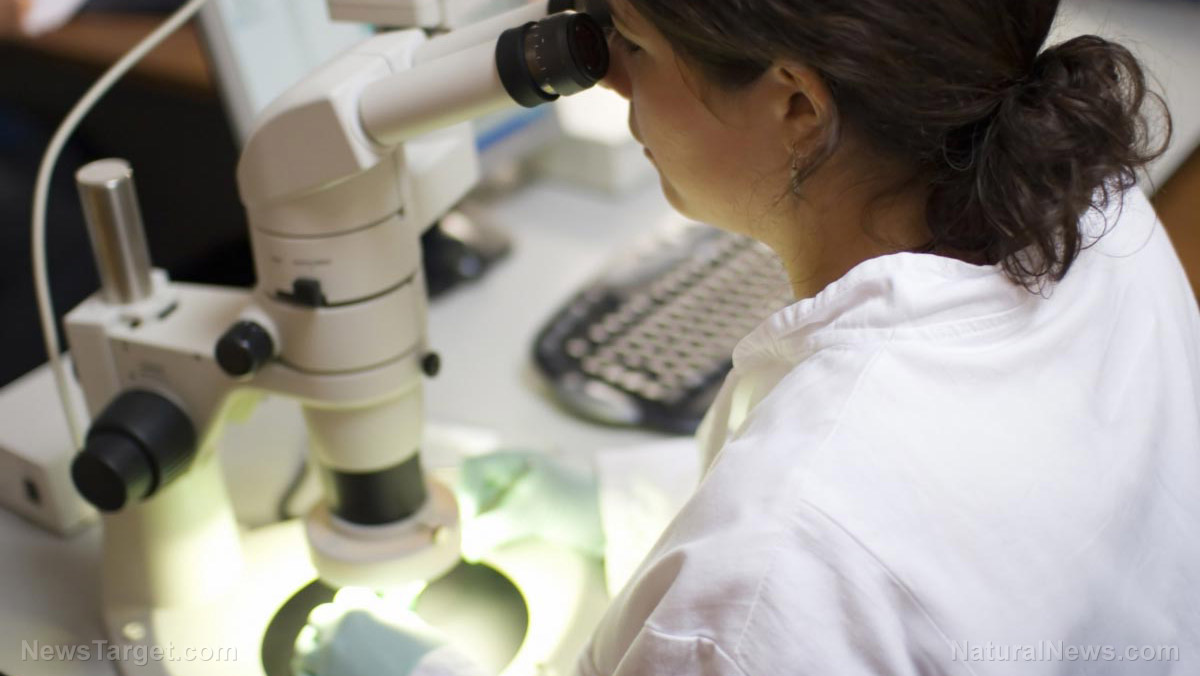
Researchers at the Indiana University-Purdue University Indianapolis School of Science (IUPUI) have discovered that the seed oil components of the ornamental flower can be used as "a direct pathway for designing a new class of environmentally-friendly lubricants."
Orychophragmus violaceus' unique seed oil components
Based on the study findings, which was published online in the journal Nature Plants, seed oil from February orchids contains a compound produced in a manner, unlike other fatty acids. Native to China, purple O. violaceus is commonly called the February orchid.
In a separate study, which involved a collaboration between researchers from Huazhong Agricultural University (HUA) in Wuhan, China, and the University of Nebraska-Lincoln (UNL), authors analyzed the plant's biology and genetic makeup. However, the researchers ran into a problem. Most plant seeds have oils that are used as energy reserves for later growth, but they noticed that February orchid seed oils were unusual.
The HUA and UNL researchers then decided to consult Robert Minto, a bioorganic chemist from IUPUI who specializes in identifying natural products and unknown compounds. Minto explained that the discovery of the collaborative study on February orchid's seed oils was a fortunate one, especially since at least half of its seed oil is made up of unique fatty acid compounds that have never been identified.
Minto worked with Alicen Teitgen, another researcher from IUPUI, to study the major compound's structure. However, the two had their work cut out for them due to the "plainness of a portion of the molecule."
Strangely enough, this helped the research team realize that February orchid's plant's seed oil was one-of-a-kind. The plant's seed oil has a fatty acid or a long linear molecule that is formed when two-carbon units are continuously added to the end of the molecule.
Every step in the elongation process requires a four-reaction cycle to add the carbon units. For normal fatty acid production, every reaction in the set of four is included. However, in February orchids, the scientists noticed that one of the cycles was only partially completed, which lead to the production of the unique compounds. (Related: Scientists create a material that has near-zero friction at engineering scale.)
Minto noted that this is "the first time it's ever been observed in any fatty acid biosynthesis that a partial cycle happens and then more cycles occur afterward." He explained that natural products (e.g., antibiotics) are made through a chemically similar process that leaves out steps in almost nearly every cycle.
On the other hand, some fatty acid biosynthetic pathways where all the steps are completed can also occur. However, there was nothing in between these two occurrences, at least until the biosynthesis of the seed oil compound.
Minto posits that these discoveries could be used to determine what chemically makes February orchid seed oil a better option as a lubricant. Unlike castor oil, the common bio-based lubricant used in engine oils, scientists discovered that that February orchid's seed oil had better friction and wear reduction. The latter could also withstand higher temperature stability. Lubricant performance testing was performed on steel surfaces at the University of North Texas.
Minto concluded that February orchid's seed oil could potentially be used to produce a bio-renewable component for engine lubricants.
Fast facts on February orchid
O. violaceus, which is also known as Chinese violet cress, is an annual or biennial member of the mustard family.
- February orchid is native to fields, forests, garden areas, hillsides, roadsides, sunny slopes, thickets, and valleys in central China.
- The plant is cultivated as a vegetable in China.
- February orchid's stalks are usually harvested in the second year after it blossoms.
- The plant's flowers and leaves are also edible, and they are often added to salads.
- February orchids can grow at least one to two feet tall.
You can read more articles about incredible research findings on natural alternatives to common items like the February orchid at Scientific.news.
Sources include:
Please contact us for more information.






















